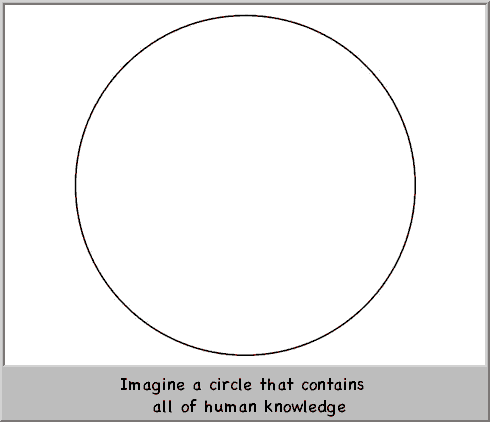Pluralism … allows individual schools, educators, and providers to excel at something, rather than asking every school to excel at everything.
–Hess (2010): Doing the Same Thing Over and Over in AEI Outlook Series.
Frederic Hess’ new book advocates a diversity in educational formats. Steven Teles has a detailed review.

Hess shares the same basic premise of most progressive, constructivist, educational approaches like Montessori’s, that students learn differently so they need different educational approaches. However, he takes this need for diverse educational environments further with the recognition that teachers are different so they will have their own educational philosophies and methods that work best for them, and that parents are different, with very different expectations about what education should be and what it should accomplish.
… the basic components of schooling—parents, children, school leaders, and teachers—are irreducibly diverse. Parents have different ideas about what a “well-educated” child is, and children differ quite significantly in temperament, aptitude, habits, and interests. School leaders vary as to how they think schools should be run, while teachers have different skill levels, enthusiasm for different tasks, and ideas about what children should learn and know.
… Educators will always be less effective if they are made to teach in a way that they believe is wrongheaded or that they haven’t bought into. Students will have difficulty learning if they are forced to work at a pace that is too fast or too slow, or if they are taught in a manner that doesn’t match their individual learning styles. Parents can be disengaged or hostile if the pedagogy, discipline, or school culture differ fundamentally from what they think is right for their child. And schools as a whole will be incoherent and disorganized if they cannot count on some baseline of agreement as to what—and who—the school is for.
— Teles (2011): One Size Doesn’t Fit All in Washington Monthly.
Although Hess works for the conservative American Enterprise Institute his own thought on education are far from traditional:
[T]here is value in nurturing diverse intellectual traditions, models of thought, bodies of knowledge, and modes of learning. It is prudent to embrace a system of schooling that nurtures a diverse set of skills, knowledge, and habits of mind. This allows us to foster intellectual diversity that enriches civil society and … [i]t allows individual schools, educators, and providers to excel at something, rather than asking every school to excel at everything.
–Hess (2010): Doing the Same Thing Over and Over in AEI Outlook Series.
Furthermore, Hess argues, the world has changed since the inception of universal education, but the educational system has not adapted to the changing needs and technology. He points out new innovations allowed by technology, like the School of One program in New York.
All of this is hard to argue with. It’s almost the standard constructivist critique of the current educational system, although constructivists tend to focus on how we’ve not applied all the stuff we’ve learned about pedagogy since the 19th century (Lillard, 2005 lays out this argument eloquently in Montessori: The Science Behind the Genius).
Hopefully, this book broadens and advances the arguments for reforming the educational system. It is a progressive view from a conservative organization. Yet it still begs the question of how do we get there from here, while dealing the serious concerns that greater diversity may well lead to some failures as well as successes. Ultimately, we end up with the same fairly intractable problem. However, how do you measure success where there is such a diversity of expectations for education?





